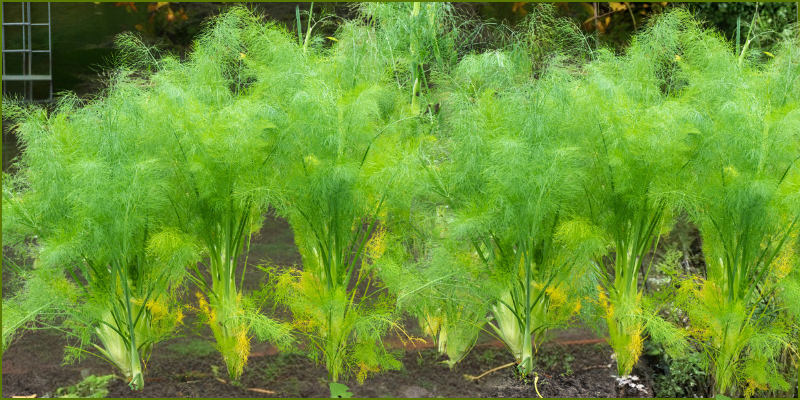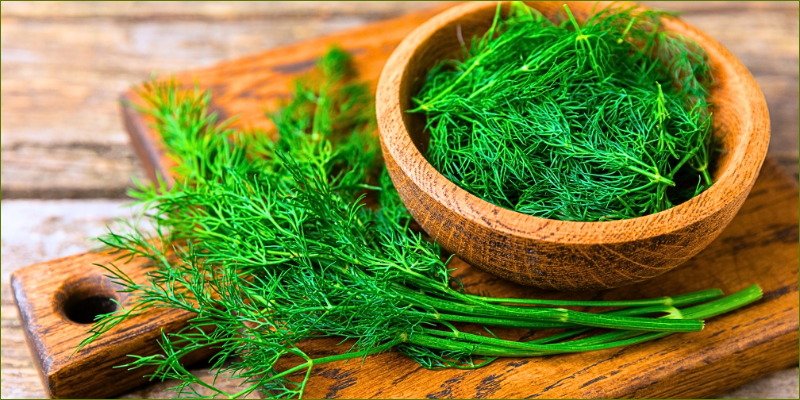Fennel vs Dill (How to tell them apart)
Oct 23, 2025
At first glance, fennel and dill could easily fool even an attentive gardener. Both have feathery green leaves and a soft aroma that fills the air when brushed against. Yet for all their similarities, these two herbs are quite different once you actually get to know them. Around the Gobelo Farmstead, we grow both, and it took some time to learn how to tell them apart, what they like and how best to use them in the kitchen.
Dill and fennel do belong to the same family, which explains why their leaves look almost identical at a distance. The difference starts with their scent and structure. Dill has a gentler aroma, more grassy with a touch of sweetness, while fennel has a stronger, almost anise-like fragrance. Dill grows tall and thin, with delicate leaves that lean toward the sunlight. Fennel, on the other hand, forms a base bulb that thickens and pushes out sturdy green stalks. Once you notice that bulb, you will never mistake one for the other again.

Both dill and fennel love full sun and well-drained soil. They grow best in moderately rich soil that stays moist but not soggy. We have found that they do well in raised beds at Gobelo where they get plenty of light throughout the day. Dill grows faster and is usually ready to harvest in about two months, while fennel takes a little longer, especially if you want to let the bulb mature. Neither of them likes being transplanted, so it’s best to sow the seeds directly where you want them to grow.
You can grow both herbs indoors if you have enough sunlight. A sunny windowsill or veranda works well, but you will need to be careful about overwatering. Dill can tolerate cooler temperatures better than fennel, which prefers warmth and does not like sudden changes in weather.

These herbs don’t demand much, but they do appreciate routine. Keep the soil slightly moist and trim them regularly to encourage bushier growth. Dill can become leggy if left unattended, while fennel benefits from light pruning to keep the stalks strong. At Gobelo, we usually grow them near other herbs that share similar needs, like parsley and basil, which helps us manage watering and sunlight evenly across the beds.
Hwange’s climate has its own challenges…warm days, cool evenings and soil that can dry quickly. We have learned to mix organic compost into the soil to retain just enough moisture without it becoming heavy. Fennel thrives in these conditions because it enjoys the heat, while dill sometimes needs a little extra shade in the peak of the dry season. Both herbs attract pollinators, which means our bees stay happy and busy throughout the day.
In the kitchen, dill and fennel each bring their own distinct flavour and use. Dill works beautifully in salads, fish dishes and yoghurt-based sauces, adding a fresh, light touch. Fennel is more versatile than people realise. Its bulb can be roasted, grilled or thinly sliced raw in salads, while the fronds can be used just like any herb. At Gobelo, we often use the fennel bulb in warm vegetable dishes and save the fronds to garnish soups.

Beyond flavour, both herbs offer great health benefits. Dill is known for aiding digestion and reducing bloating, while fennel supports gut health and provides a gentle source of antioxidants. Fennel seeds, when dried, can even be brewed into a mild tea that helps with digestion after meals.
At the farm, growing these herbs has been an amazing learning experience. The biggest surprise has been how well they adapt. Together, they add colour, fragrance and variety to the farm. And when you taste them fresh, straight from the garden, you understand why we keep making space for them season after season.
Until next time,
the Gobelo Team